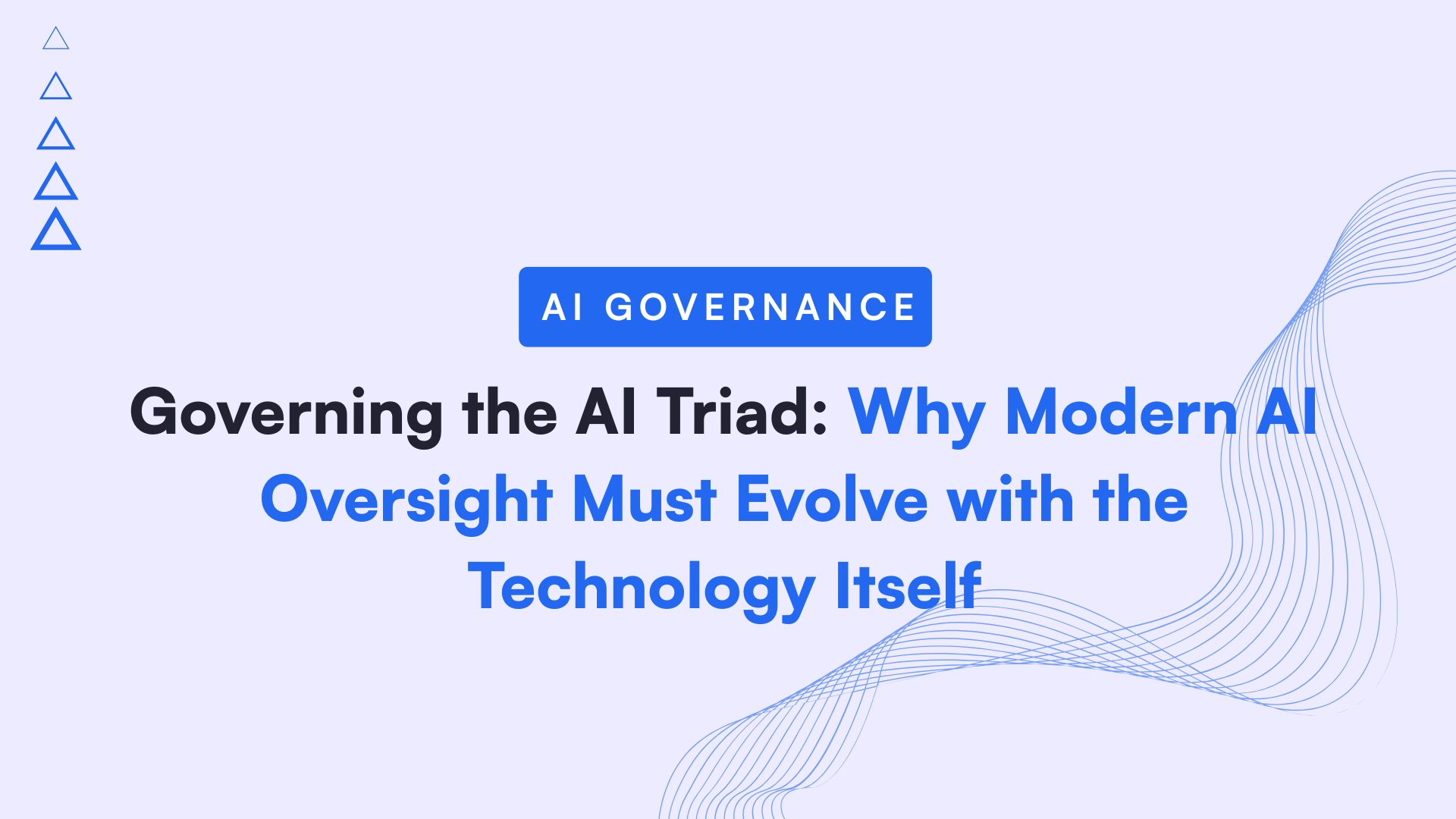LLMs are fast, fluent, and often helpful.
But they’re not always right, secure, or safe.
Too many enterprises today are plugging LLM outputs directly into workflows—from web interfaces to backend systems—without validation or post-processing.
That’s a recipe for risk.
Whether it’s generating code, surfacing insights, creating summaries, or making decisions, every LLM output must be treated as untrusted unless explicitly verified.
This is where zero-trust principles meet Generative AI.
The Problem: Insecure Output Handling
Most LLMs don’t understand security. They generate responses based on patterns, not policy.
If your downstream systems act on that output without safeguards, you expose your enterprise to:
- Code injection
- Cross-Site Scripting (XSS)
- Privilege escalation
- Misleading or harmful advice
- Compliance violations (e.g. biased or toxic content)
Real-World Incidents
- A chatbot integrated into a customer-facing portal echoed back malicious input as part of its response, leading to an XSS attack on the frontend.
- An internal LLM-based tool generated shell commands for DevOps teams. One user prompted it to produce a rm -rf command. A misconfiguration meant that command was executed—deleting critical logs.
- A health-tech company used LLMs to auto-summarise medical documents. The model hallucinated a diagnosis that wasn’t in the original text—and it made it into a patient note.
Adopting a Zero-Trust Model for LLM Output
The solution isn’t to stop using LLMs—it’s to treat their outputs like untrusted user input.
Here’s how to implement a zero-trust architecture for LLM outputs in your enterprise stack.
Validate Every Output
- Define expected structure and type.
If expecting a JSON response, parse and validate it before use.
If expecting a numeric answer, enforce range and format.
- Use schema enforcement tools.
E.g., Pydantic (Python), JSON Schema, etc. to validate model outputs.
- Reject unknown or malformed responses.
Don’t “try to make it work.” Fail safely.
Sanitise Before Display or Execution
- For UI rendering:
Always HTML-escape output to prevent injection into web pages. Never trust output from the model to be safe HTML or Markdown without filtering.
- For code generation or CLI tools:
Run outputs through a command validator or execute in sandboxed environments. Prevent dangerous command sequences like rm, sudo, or unquoted user input.
- For file generation (e.g., CSVs, PDFs):
Strip formulas, scripts, or embedded links that could be exploited.
Use Output Moderation Filters
Scan model responses for:
- Toxic language
- PII leaks
- Regulatory red flags
- Security-sensitive content (e.g., API keys, file paths, internal URLs)
Vendors like OpenAI, Google, and Anthropic provide output moderation APIs. There are also open-source libraries (e.g., Detoxify, HateSonar) that can help.
Insert Human-in-the-Loop for High-Stakes Use Cases
Any model response that:
- Triggers a workflow (e.g., provisioning access, submitting a document)
- Will be seen by customers or regulators
- Influences financial, medical, or legal outcomes
Must be reviewed by a human.
Implement approval workflows with clear indicators: “AI-generated, pending review.”
Sandboxing and Containment
- Execute model-generated code or scripts in isolated environments (containers, VMs).
- Limit network and file system access from within these environments.
- Use temporary credentials or scoped permissions when model outputs trigger API calls.
Logging, Tracing, and Alerts
- Log every LLM output and its downstream effects.
Create alerts for:
- Suspicious command generation
- Policy violations
- Unsafe or offensive output
Logs should include:
- Input prompt
- Model output
- User ID or API key
- Action taken (if any)
Implementation Checklist

“But It Looked So Convincing…”
LLMs excel at sounding confident—even when they’re wrong or dangerous.
That’s why over-reliance is risky, and why zero-trust integration is essential. The goal is to enable the LLM to assist, but never assume it’s correct or safe without checks.
Key Takeaway
Don’t trust LLM outputs by default. Validate, sanitise, and control.
Treat every response like untrusted input—because that’s exactly what it is.
This mindset is what separates experimental AI from safe, scalable AI in production.
Related Reads
• Prompt Injection: The Hidden Threat in Your LLM Workflows



.png)









.png)

.png)
